field mice vs house mice australia
Field mice have significantly smaller ears than house mice do while house mice have the trademark large mouse ears and large eyes. There are a few key differences between a house mouse and a field mouse.
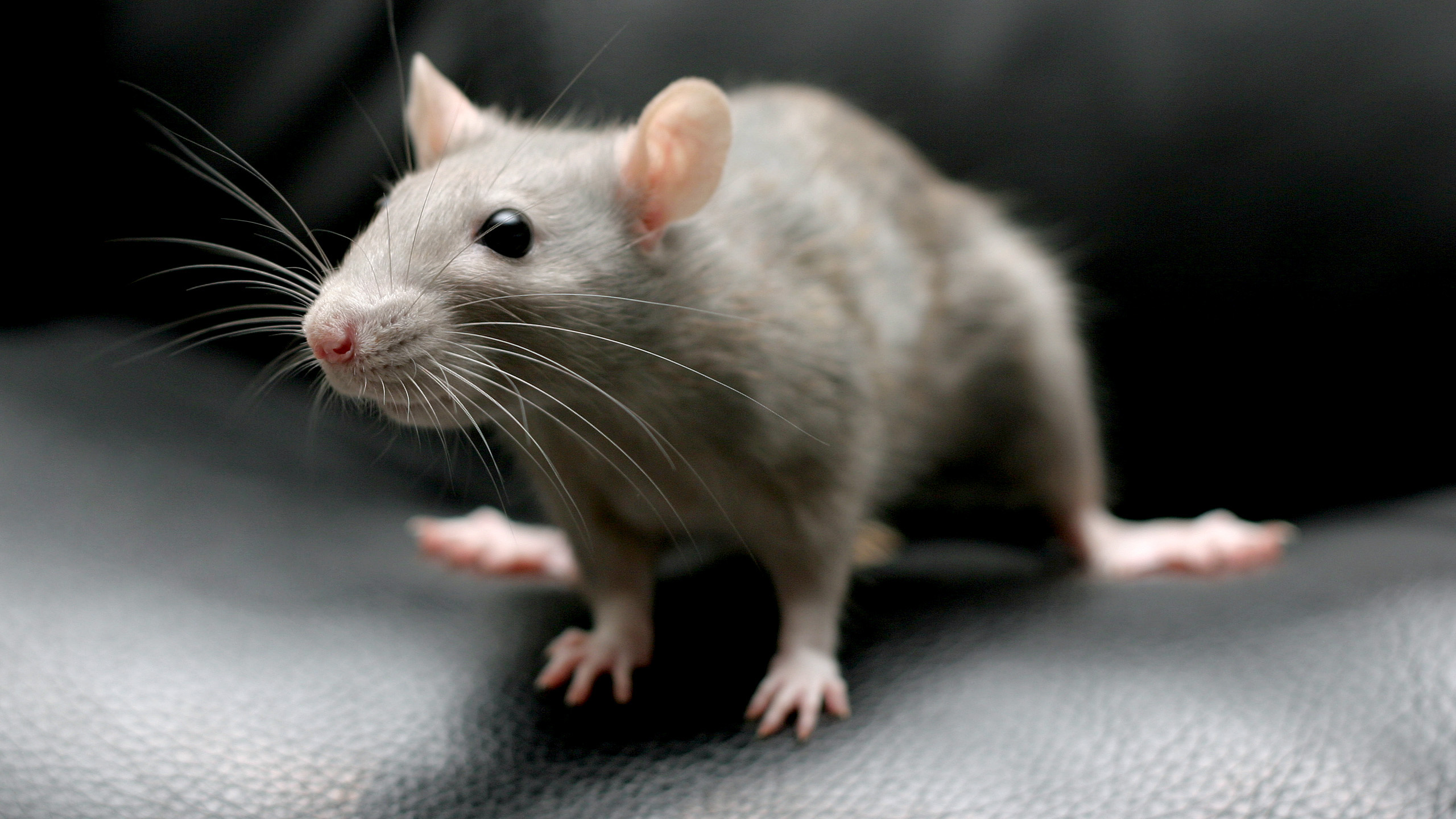
The Difference Between Rats And Mice And How To Identify Them Droppings Size And Behaviour Real Homes
A field mouse has a long pointy snout whereas the house mouses nose is shorter and rounder.

. House Mouse Behavior and Food. Field mice are known carriers of a virus that can cause a fatal respiratory illness in humans. However when one of these rodents is in the home they can live two or three times longer.
They carry fleas and disease as well as damaging property and contaminating food. Field mice usually average a lifespan of 12 to 14 months. Field mice are smaller than house mice.
At times it may reach plague proportions. The colour of house mice is what sets them most apart from field mice. Mice are always present under field conditions.
Types of Mice 1 Coarse-Furred Pocket Mouse Chaetodipus. A field guide such as the Peterson Field Guide to. Because house mice can live outside if they have to theyre sometimes incorrectly called field mice.
The common house mouse Mus musculus is an introduced species to Australia. Deer mice and house mice are the two different kinds of mice that youll find inside your home. While it can be difficult to tell this difference unless you are comparing the two creatures side by side a field mouses ears will be much closer to their head given their overall size.
A house mouse has fur on its tail and this appendage is equal in length to its body. The House Mouse is found throughout Australia. Deer mouse tails are also dark on top and light underneath while house mice have almost hairless tails.
On the other hand deer mice have brown or tan fur with white bellies legs and feet. The house mouse is larger than the deer mouse and has grayish-brown fur. House mice dont live quite as long with an average lifespan of 9 to 12 months.
Field mice deer mice have tan or brown fur on the top of their bodies with white bellies legs and feet. An antechinus has a much pointier long narrow snout unlike a mouse which has a round head and nose. The entire bodies of house mice are grey or light brown.
A field mouse has a bare tail that is shorter than the length of its body. House mice contaminate stored food damage wood insulation and wiring and spread diseases. House mice live both inside and outside.
How to Get Rid of Rats. A house mouse is about five inches from nose to tail. A house mouses tail is basically hairless while a field mouses tail is also dark on top and light underneath.
Nocturnal so they will be foraging overnight. The faecal droppings of mice are typically 6mm long and pointed. A field mouse will live on average for about a year and a half while house mice will live around one year.
This means the terms are somewhat interchangeable. Its coat is beige red-brown or dark brown with a white belly. A field mouse is about seven inches from nose to tail.
House mice are more likely to be found in warehouses barns or other industrial areas. An adult field mouse can be up to 105 cm in length and its tail between 6 and 9 cm. From seven to nine centimetres long bodies plus the same length tail.
In Australia there are three main rodent pests that cause the most problems the roofblack rat the Norwaybrown rat and the house mouse. However all members of the genus Mus are considered to be mice. There is another common kind of small rodent called a field mouse.
Field mice have tails with dark fur on top and light fur underneath. Their ears and eyes are big for their heads. House mice have solid coats of gray or light brown fur all over their bodies.
In terms of reproduction both species are able to have six to eight babies per litter with up to ten litters per year. They are also larger than a mouse with the body length of an antechinus up to 165 millimetres long it also has a tail that is. They have large ears a pointed nose small eyes small feet sharp flat teeth and a long tail that is darker in colour than the body.
Field mice are wild mice like deer mice they live in fields mostly but also find their way to forests plains and of course rural houses. There are other species of mice but these are the major ones. House mice are light brown or gray and their coats are a solid color.
Its eyes and ears are smaller than those of a house mouse. Look for smaller feet and larger eyes than field mice. They are considered by most people to be more attractive than house mice and they do not have the characteristic mousy odor of house mice.
House mice may be carrying diseases that can be transmitted to humans and. House mice are almost the same size as field mice. Field mice live outside and only come into homes for food or shelter.
The quickest way to tell the difference between an antechinus and a mouse is by looking at their head. The house mouse Mus musculus ranges in colour from brown grey to black and measures from 7 - 9cms combined head and body. Like humans it is so successful because of its adaptability in utilising available resources.
Mice may be cute outdoors or in cartoons but they are no laughing matter when they invade your home. How can you tell if youre dealing with a house mouse or a field mouse. So lets take a look at some of the differences of a hose mice to the field mouse covered above.
There are some obvious physical differences between a field mouse and a house mouse. Populations can increase quickly as the House Mouse is able to breed at two months of age and its litter size is between four and eight. Whats the difference between house mice and field mice.
Members of the superfamily Muroidea that exceed a certain size are referred to as rats while smaller species are referred to as mice. Their ability to live on a wide range of foodstuffs including most of those eaten by humans and their ability to adapt to a wide variety of environmental conditions has earned mice the reputation of being a pest. Head-to-body length around 90mm with the tail being another 90mm.
Field mice are excellent jumpers and their hind legs are stronger than those of. The house mouse also has smaller rounder ears and smaller beadier eyes than the field mouse. In comparison to house mice white-footed and deer mice have larger eyes and ears.
It is unlikely to get these types of mice in the city or suburbs but they can wander far at times in search of food and with global warming the animals of the world are eventually going to have to come to the cities and suburbs for food as their habitats. Fast on their feet its not always easy to tell the three bad guys from protected native marsupials such.
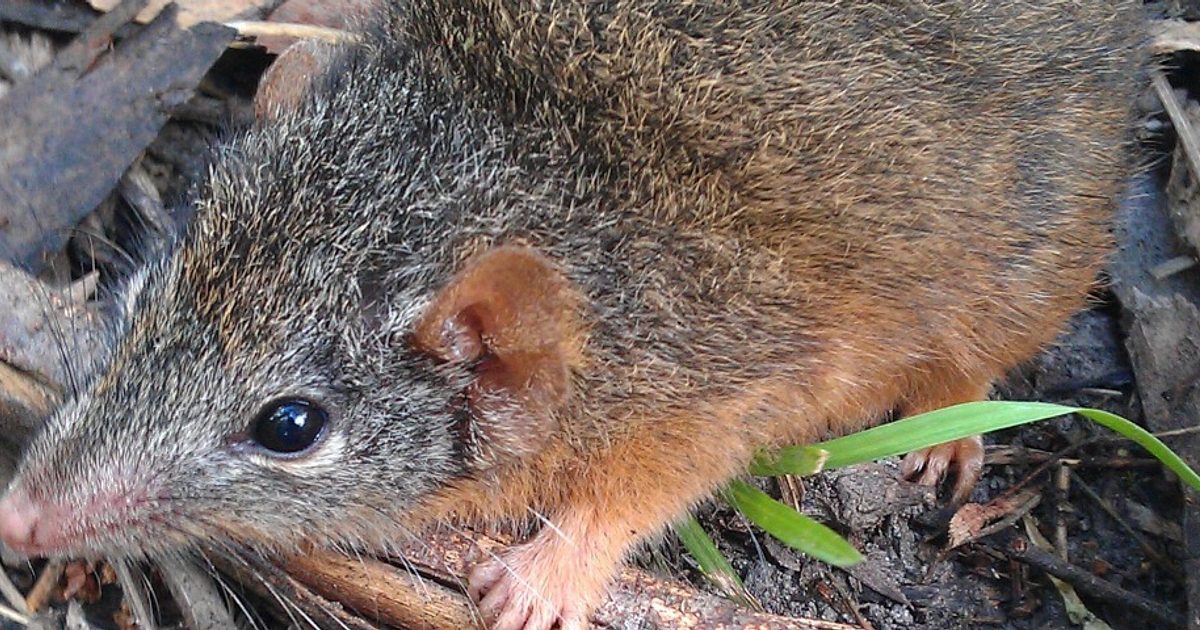
How To Tell If You Ve Got A Pesky Mouse Or A Native Antechinus In
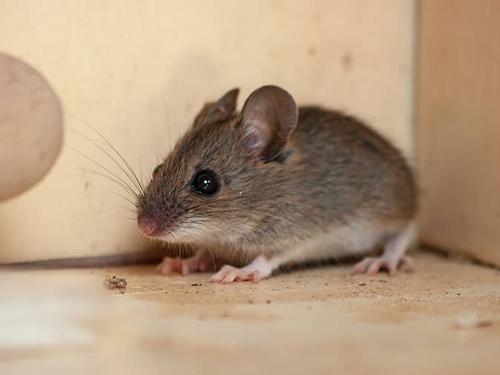
House Mice Vs Deer Mice Guide To The Differences Between Mice In Co

Field Mouse Vs House Mouse What S The Difference Az Animals
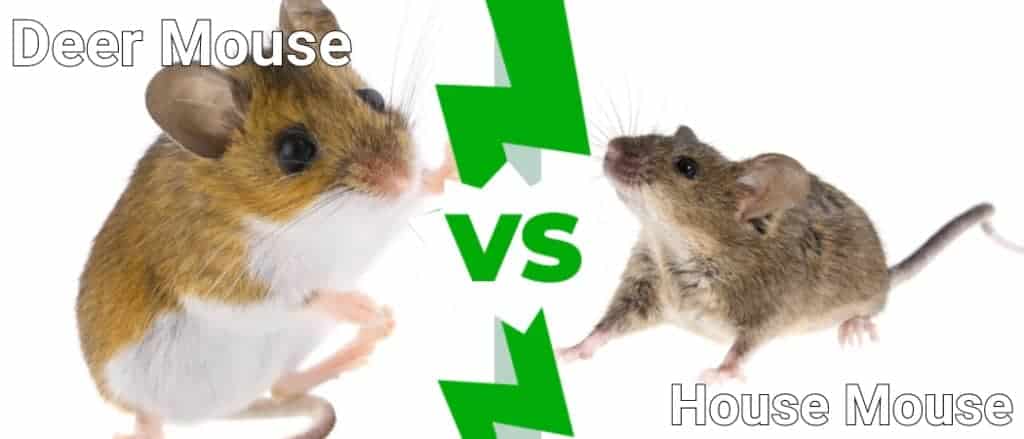
Deer Mouse Vs House Mouse What S The Difference Az Animals
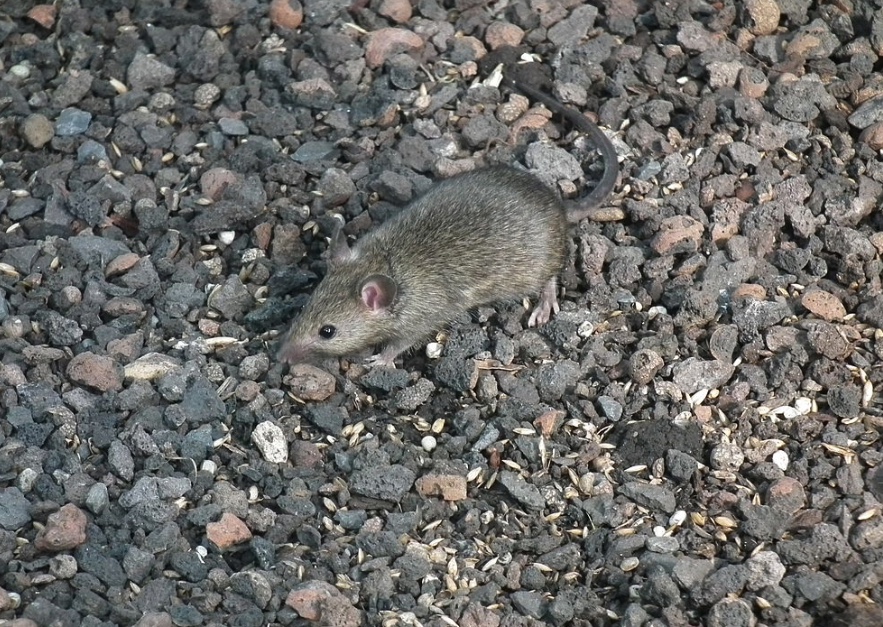
Rats And Mice Wildlife Illinois
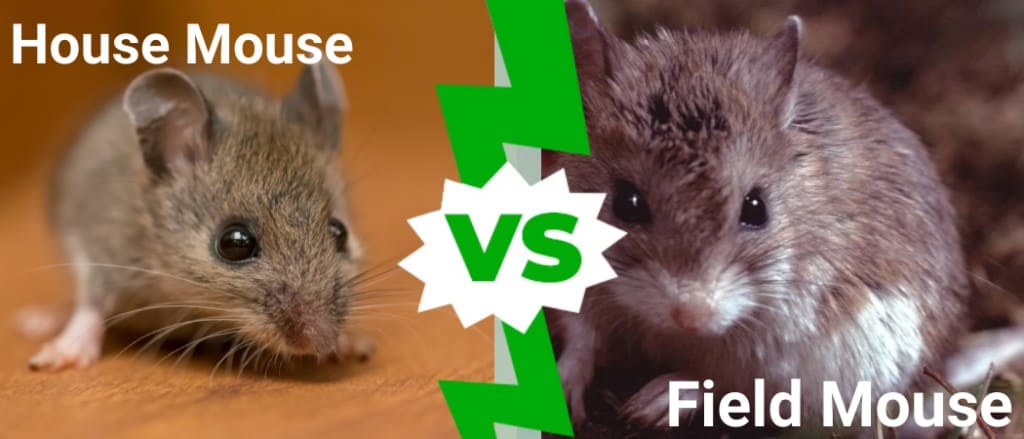
Field Mouse Vs House Mouse What S The Difference Az Animals
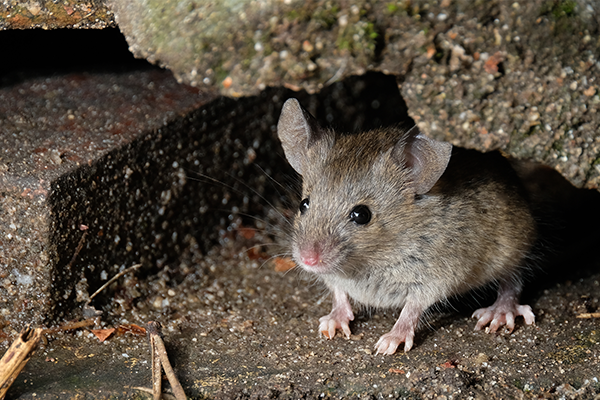
Rodents A Guide To Rodent Identification Prevention

What Is The Mice Plague In Australia Deseret News

Field Mouse Vs House Mouse What S The Difference Az Animals
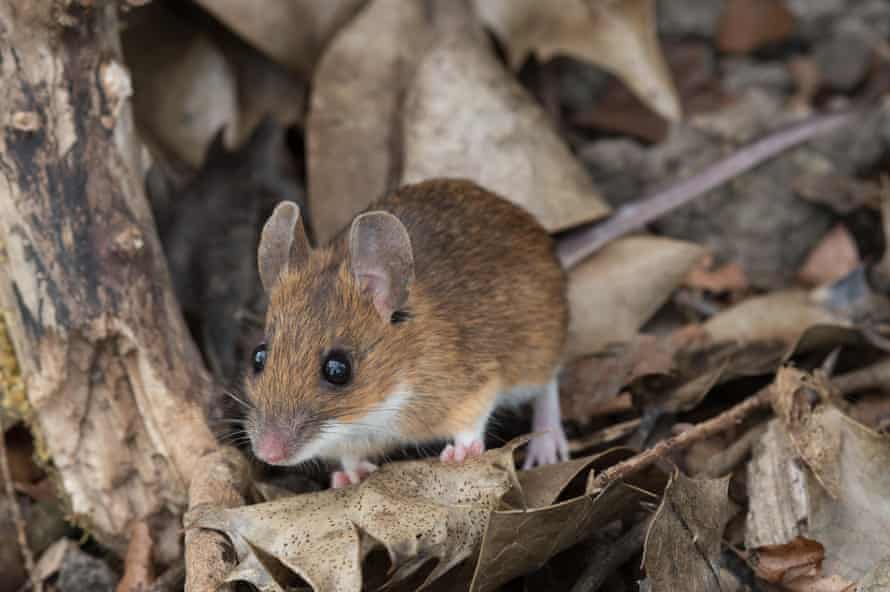
Country Diary The Telltale Signs Of A Wood Mouse Mammals The Guardian
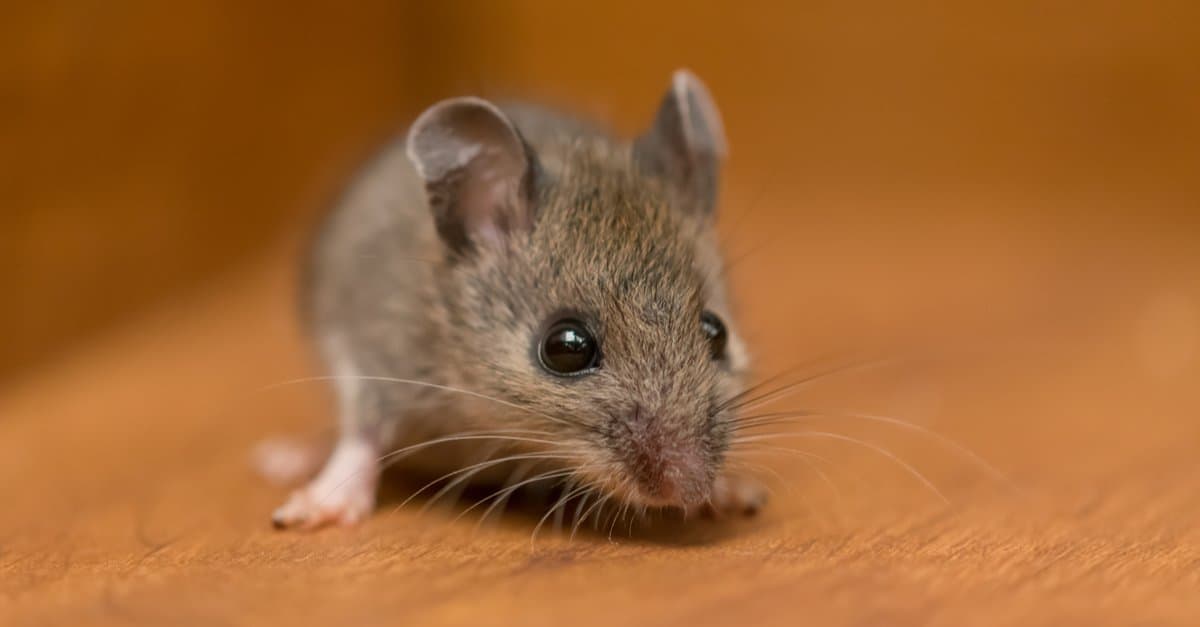
Field Mouse Vs House Mouse What S The Difference Az Animals

Field Mouse Vs House Mouse What S The Difference Az Animals
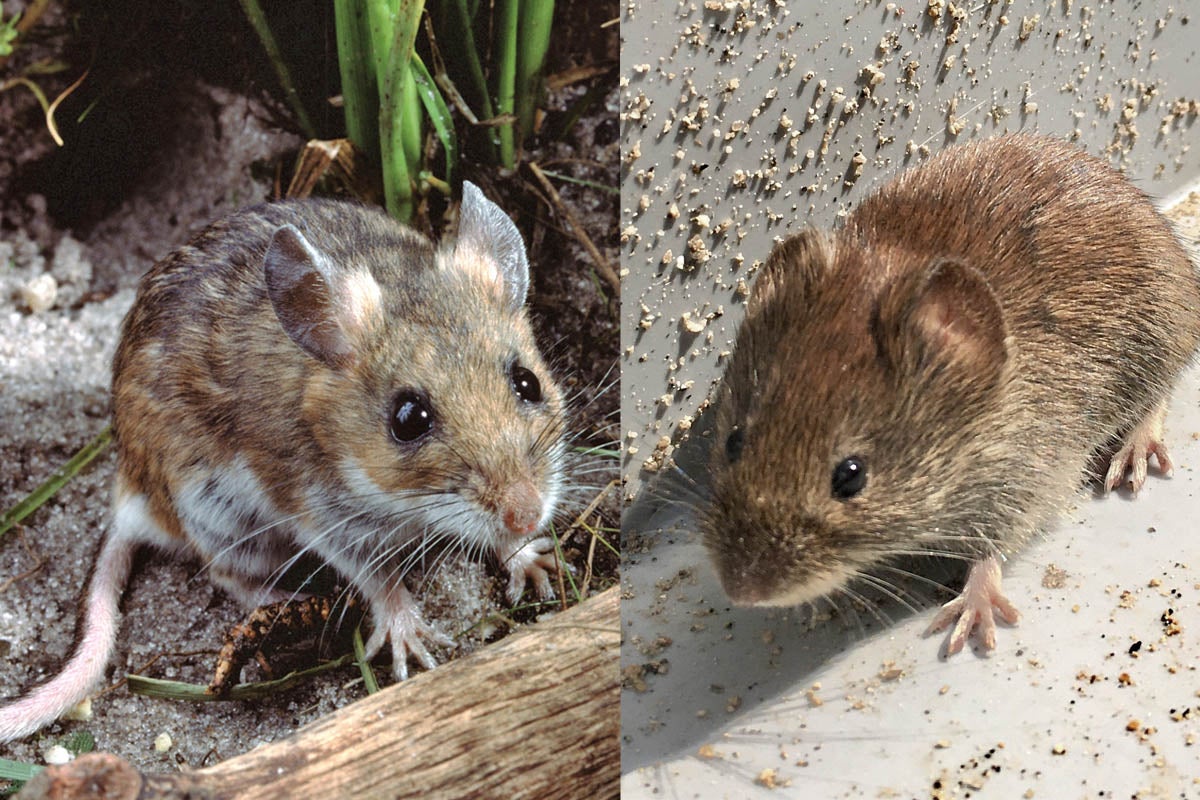
House Mouse Vs Deer Mouse What S The Real Difference Bob Vila
![]()
5 Differences Field Mice Vs House Mice

Baby Field Mouse Pet Mice Field Mouse Animals
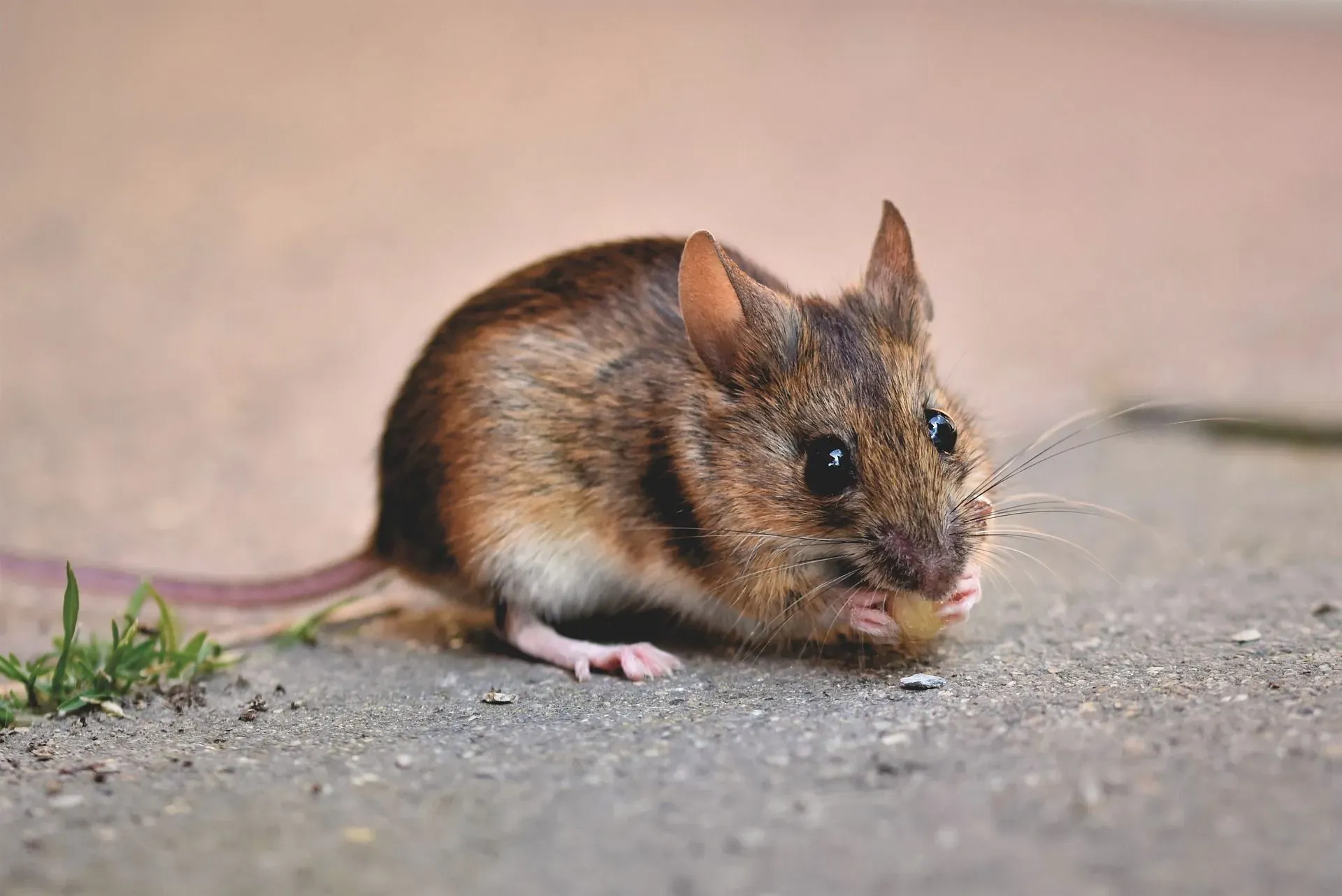
Field Mouse Vs House Mouse Faceoff Rodent Difference Facts For Kids


